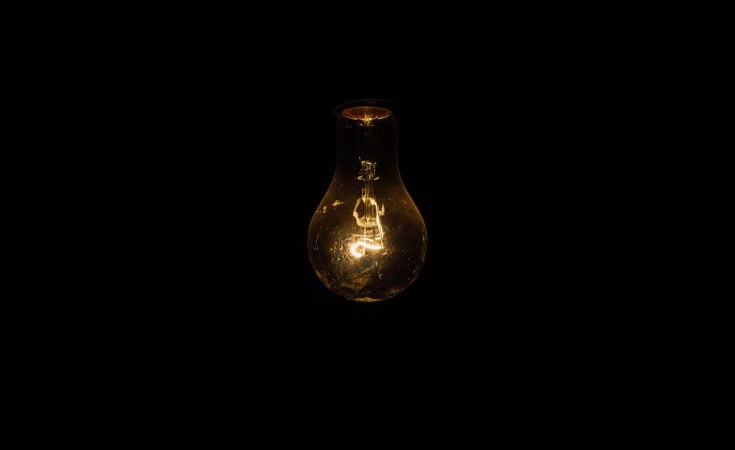Harare — I have never felt this frustrated and helpless until these regular 19 hour power cuts that have been plaguing Harare and my neighborhood for the past few weeks.
The outages, which have been happening on a daily basis, have been causing major disruptions to my daily life and have even resulted in some businesses having to shut down temporarily.
According to officials from our electricity provider, ZESA, the power cuts have been worsened by limited production of electricity from the Kariba hydro-power plant as a result of plunging water levels. Kariba Dam is the largest man-made dam in the world, providing the bulk of electricity consumed in both Zambia and Zimbabwe. Its water level has been decreasing steadily because of droughts and low inflows from the Zambezi River and its tributaries. Meanwhile, imports from South Africa have been problematic as Eskom battles its own power supply crunch mainly as a result of frequent breakdowns to its generating units. The company has said they'll address the shortages, but in the meantime, residents are being forced to deal with the consequences of the outages.
It's been really frustrating. I work from home, and every time the power goes out, my work is at risk of being lost. It's not just inconvenient, it's also costly and disruptive. For most, without electricity, it's impossible to use computers, access the internet, or even make phone calls. This makes it difficult or impossible for people to do their jobs, leading to lost productivity and income. I've had to spend money on a backup solar system and other batteries just to keep work going.
Other residents have reported problems with food spoiling in their refrigerators and freezers, as well as difficulties with staying connected to the internet and other essential services.
"I'm really worried about the safety of my family," said a neighbour and friend who owns a car park. "Without power, our security system doesn't work, and we have to rely on flashlights for light. It's just not acceptable to have to live like this in the 21st century."
The power company has apologised for the inconvenience and has assured residents that they are working as quickly as possible to fix the problem. In the meantime, residents are being advised to prepare for future outages by keeping backup supplies of food, water, and other essentials on hand.
"We pay our bills on time and expect to have reliable power, but it seems like every day we're left in the dark, says Kudzanai Ruwisi, a local resident and music promoter who uses a generator to keep the lights on.
In some cases, these power cuts can also be dangerous. For example, if people are using medical equipment that requires electricity, a power outage can put their health at risk. In addition, power cuts can lead to food spoilage and other issues if people are unable to use refrigerators or stoves.
To combat the effects of power cuts, a few people are turning to backup generators and other alternative sources of power. However, these solutions are expensive and aren't accessible to the majority.
It cost between U.S.$2500 to U.S.$3000 to install a solar system, and most people can't afford it.
In the end, the best solution to the problem of power cuts is to improve the reliability and stability of the power grid. This will require significant investment and effort, but it will ultimately benefit both individuals and society as a whole. Until that happens, however, people working from home will have to continue dealing with the inconvenience and disruption caused by power outages.
This could be used as a chance to increase energy supply with renewable energy feeding into the national grid by 2025.
According to Deborah Ramalope head of climate policy analysis at Climate Analytics, solar has now become the cheapest source of energy generation with the costs of wind and solar energy having declined by over 72% and 90%, respectively, between 2009 and 2021. This is good news for the continent which has arguably the highest solar radiation levels in the world.
A transition to renewable energy is really good for Zimbabwe, Africa and the world, and ensuring universal access to affordable electricity by 2030 means investing in clean energy sources such as solar, wind and thermal.This would lower greenhouse gas emissions, slow down climate change, enhance air and water quality, protect human health and the environment, and in the end spur economic growth.
The United Nations and partners have already launched two new initiatives to accelerate action towards achieving clean, affordable energy for all, and the goal of net-zero carbon emissions.
Power cuts in Zimbabwe are due to last until, at least, early January 2023 whilst the Zambian government said they would last "until the water levels improve".


